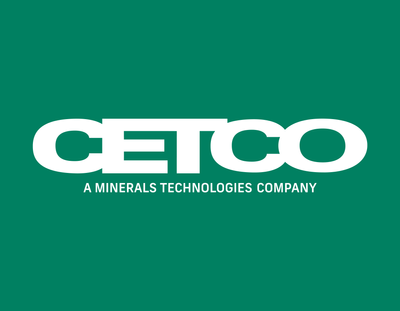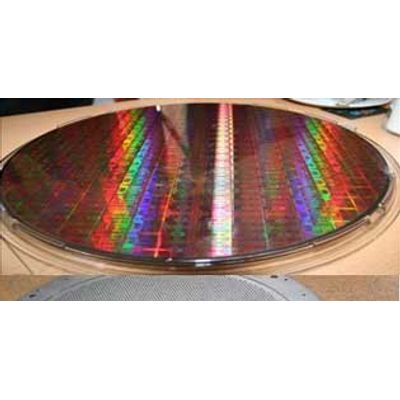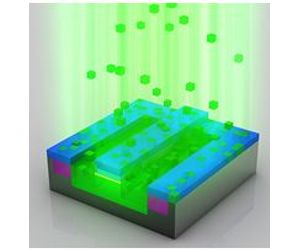

- Home
- Companies
- CETCO
- Applications
- Carbon technology solutions for ...

Carbon technology solutions for semiconductor sector - Energy
Global semiconductor manufacturers use ion implantation in most of their chip production processes. Ion implantation uses two or three closely spaced multiple-aperture electrodes to extract ions from a source and eject them in a collimated beam. The electrodes are called "grids" because they are perforated with a large number of small holes in a regular array under close tolerance.
Ion impact erosion of the ion optics (i.e., the grids) is the primary mechanism limiting the life of the ion grids. The erosion of the grid eventually weakens it to the point that the grid fails and breaks causing unnecessary and costly production down time.
Pyrolytic Graphite exhibits the lowest erosion rate of any known material, even in extreme working conditions such as in ion bombardment or in plasma applications.
Common grid material parts such as molybdenum and other fine-grain, high-desity graphite used in ion implantation equipment have very high erosion wear rates. Pyrolytic graphite has extremely low erosion rates due to its high purity > 99.999% and single crystal structure.
Customers using pyrolytic graphite grids for ion implantation enjoy a reduced cost of ownership due to the low erosion rates of the material. This is important since it improves productivity by enabling the user to operate longer without tooling changes and the associated costs of downtime during the tooling change over.

